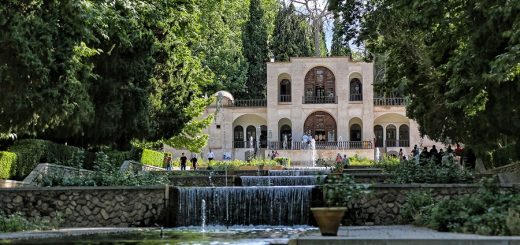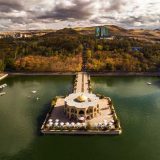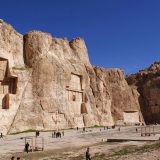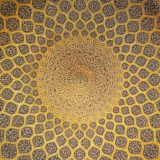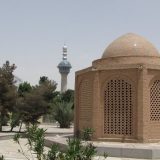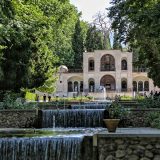Shiraz attractions
Shiraz the city of poets like another cities of Iran have many attractions for tourist who visit this wonderful place. this post in iranisfahantour.com we try to gave more information about Shiraz attractions.
Narenjestan-e-Ghavam Garden
This is Shiraz’s smallest but most lovely garden. Enclosing the delightful Naranjestan-e Ghavam Pavilion it was laid out as part of a complex owned by one of Shiraz’s wealthiest Qajar-era families. The pavilion’s mirrored entrance hall opens onto rooms covered in a myriad of intricate tiles, inlaid wooden panels and stained-glass windows. Particularly noteworthy are the ceilings of the upstairs rooms, painted with European-style motifs, including Alpine churches and busty German frauleins.
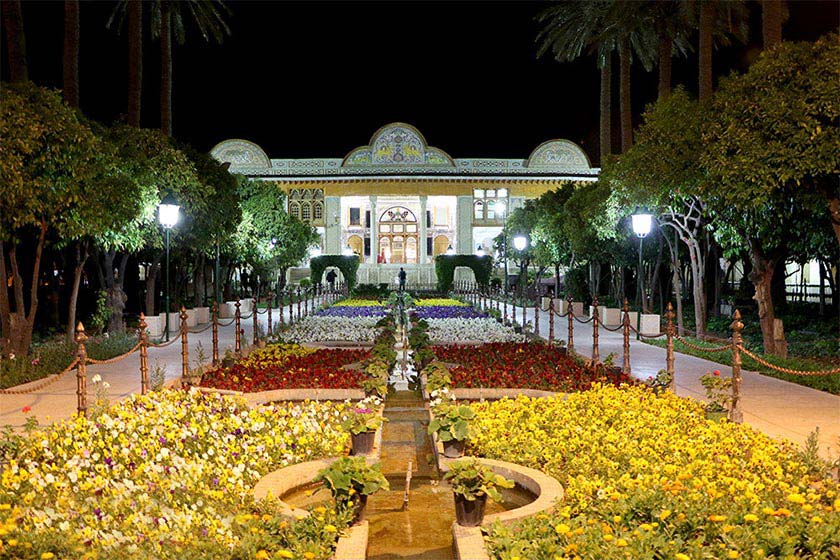
Built for the wealthy and powerful Mohammad Ali Khan Qavam al-Molk between 1879 and 1886 as the buruni (public reception area) of his family home, the pavilion is connected to the Khan-e Zinat ol-Molk, which housed the family’s andaruni (private quarters), by an underground passage (not open to the public).
The basement of the pavilion houses an archaeological collection put together by Arthur Upham Pope, an American scholar who taught at the Asia Institute in Shiraz between 1969 and 1979. There is also an excellent selection of handicrafts for sale in the basement, including miniatures painted on camel bone and tiles inspired by antique designs.
Nasir Al Molk Mosque
One of the most elegant and most photographed pieces of architecture in southern Iran, the Pink Mosque was built at the end of the 19th century and its coloured tiling (an unusually deep shade of blue) is exquisite. There are some particularly fine muqarnas in the small outer portal and in the northern iwan, but it is the stained glass, carved pillars and polychrome faience of the winter prayer hall that dazzle the eye when the sun streams in.
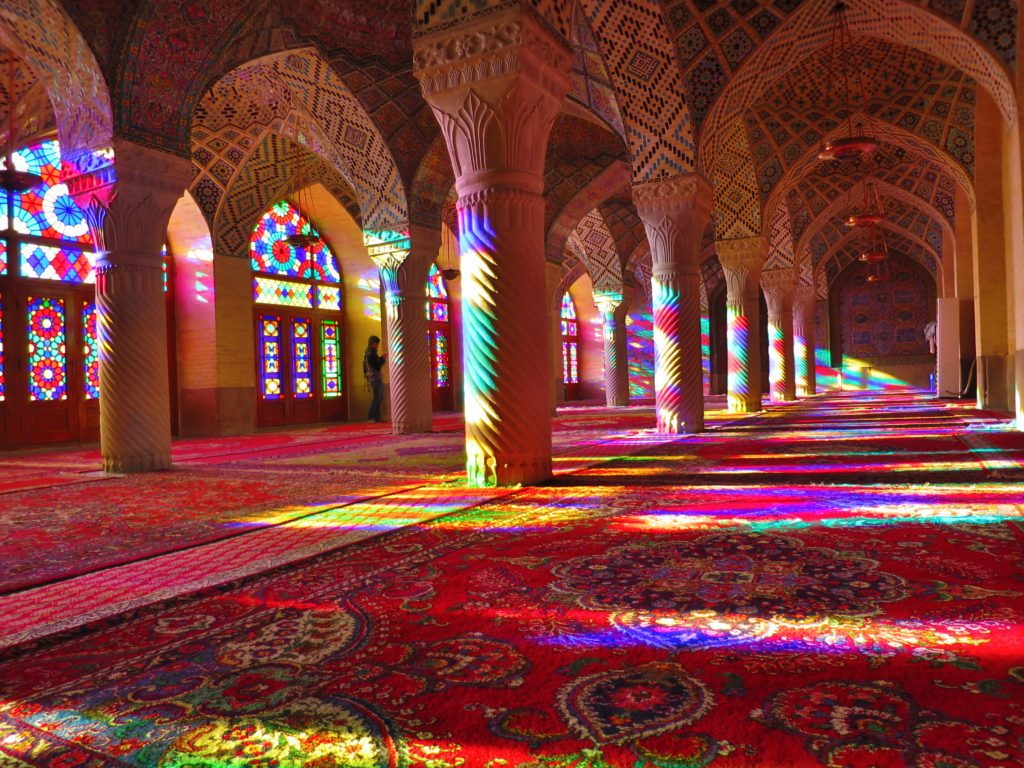
Shah-e Cheragh Tomb
Sayyed Mir Ahmad, one of Imam Reza’s 17 brothers, was hunted down and killed by the caliphate on this site in AD 835 and his remains are housed in a dazzling shrine of mirrored tiles. A mausoleum was first erected over the tomb during the 12th century, but the courtyard and tile work represent relatively modern embellishments from the late-Qajar period and the Islamic Republic. The blue-tiled dome and dazzling gold-tipped minarets form a magnificent context for the Shiite rituals at this revered centre of pilgrimage.
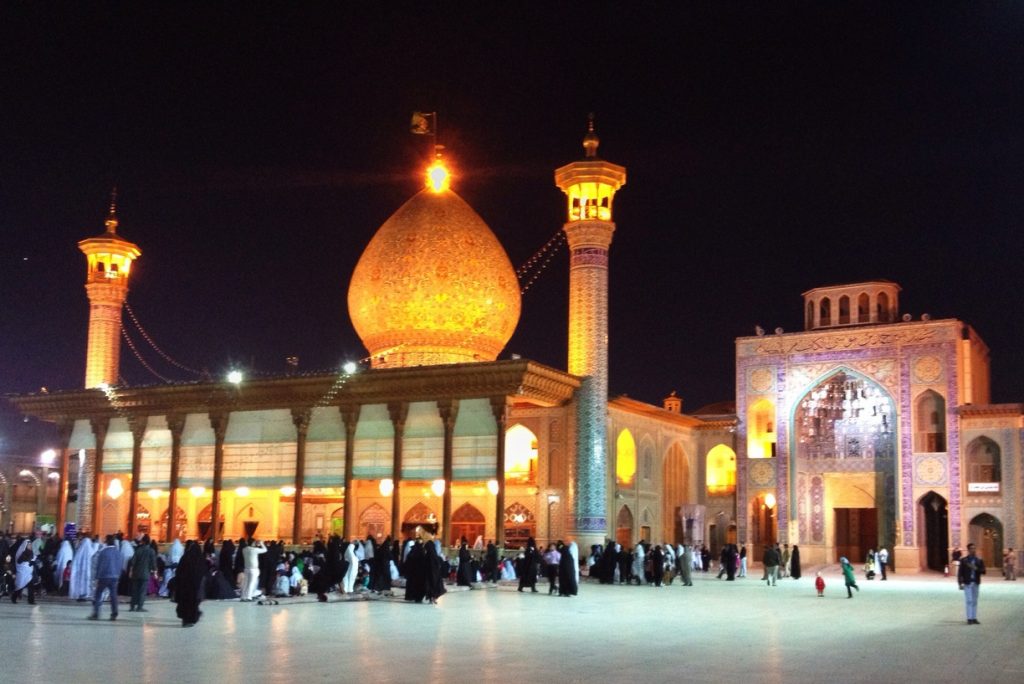
Visitors are welcome to enter the courtyard in the middle of the complex and to take discreet photographs (no large cameras or tripods), but entrance to the shrines was not permitted to non-Muslims at the time of writing. Women must wear chador within the whole shrine complex (available for free at the women’s entrance).
Hazfe tomb
There is no better place to understand Hafez’s place in the nation’s psyche than at his tomb and the memorial garden within which it is set. Iranians have a saying that every home must have two things: first the Quran, then a collection of the works of Hafez. This 14th-century Iranian folk hero is loved and revered and almost every Iranian can quote his work, bending it to whichever social or political persuasion they subscribe.
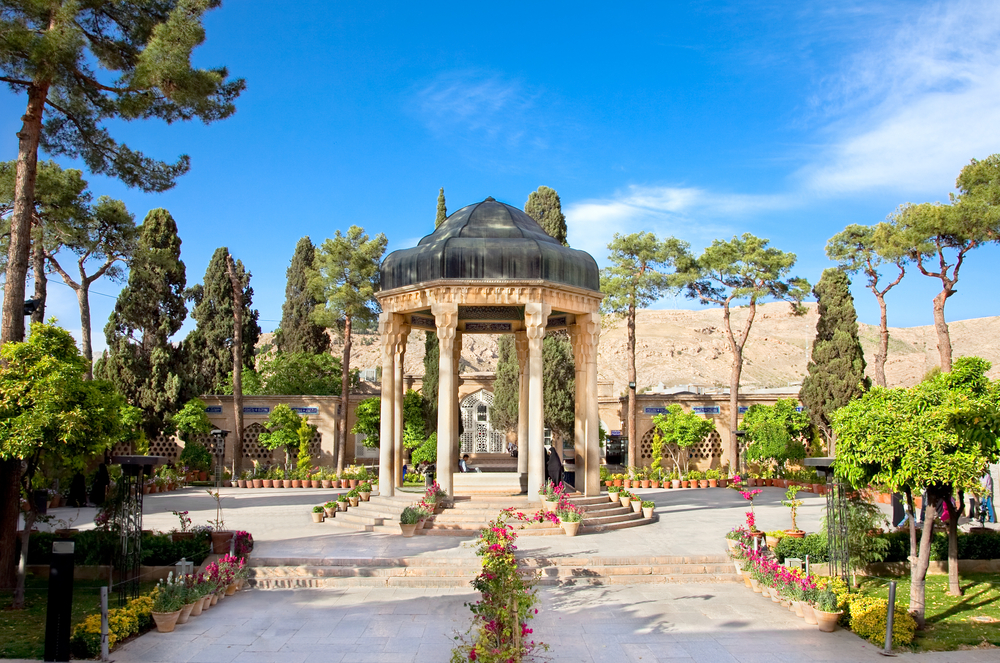
Sunset is the most popular time of day for Iranians to gather at the garden to pay their respects; some come to perform the faal-e Hafez, a popular ritual in which a volume of Hafez’s works is opened randomly and the future interpreted therein. There’s a teahouse in the grounds where admirers sit to enjoy the recitations broadcast around the garden over a bowl of ash (noodle soup) or faludeh (a frozen sorbet made with thin starch noodles and rose water).
Saadi Tomb
One of Shiraz’s several shrines, housed in an open-sided colonnade built during the Pahlavi era, is dedicated to Sheikh Mohammed Shams-ed-Din, simply known as Sa’di – a poet who lived and died between 1207 and 1291. Set amid generous gardens of evergreens, bitter orange and roses, appropriate to a man who wrote so extensively of flowers, it is a tranquil place that makes a pleasant respite from the noise of the surrounding city.
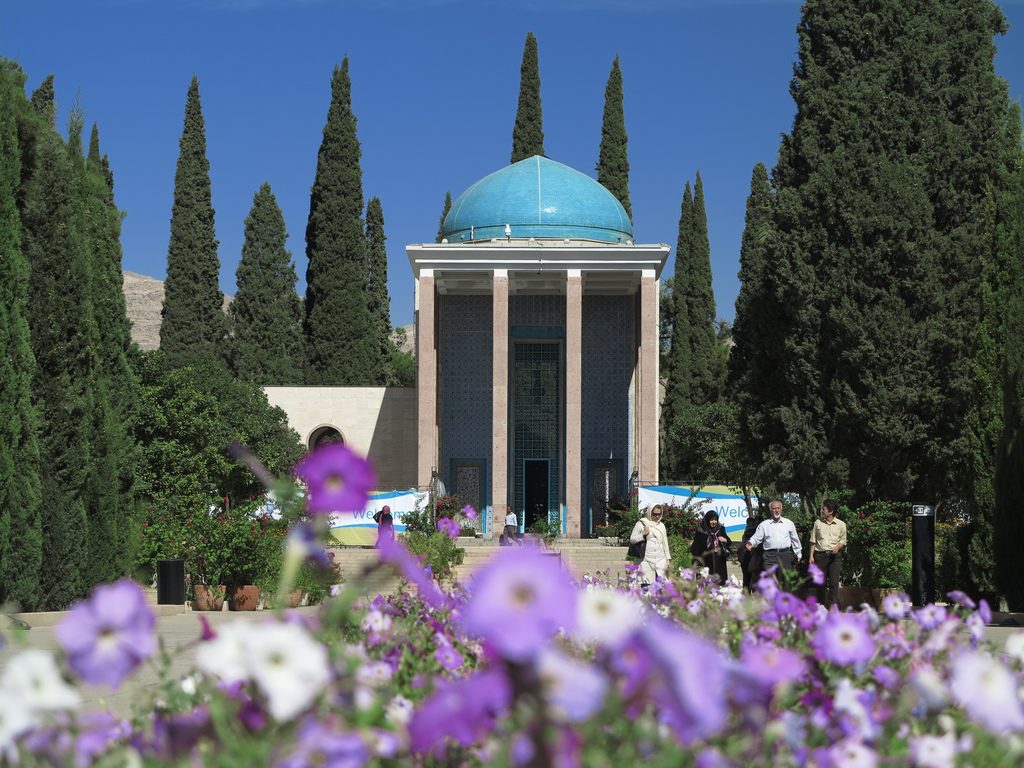
Arg-e Karim Khan
Dominating the city centre, this burly fortress was built in the early Zand period and formed part of the royal court that Karim Khan hoped would rival Esfahan. The high walls feature ornamental brickwork and are punctuated by four attractive 14m-high circular towers. The southeastern tower has a noticeable lean, having subsided into the underground cistern that served as the Arg’s bathhouse.
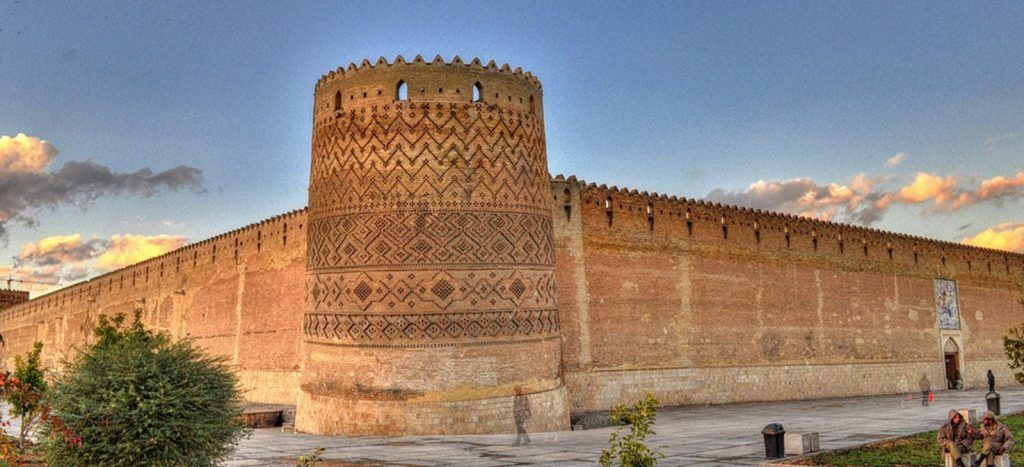
Vakil Complex
Vakil bath , Vakil Mosque , Vakil Bazzar are very famous attractions .
The city’s ancient trading district is home to several bazaars dating from different periods. The finest and most famous of these is the Bazar-e Vakil, a cruciform structure commissioned by Karim Khan as part of his plan to make Shiraz into a great trading centre. The wide vaulted brick avenues are masterpieces of Zand architecture, with the design ensuring the interior remains cool in summer and warm in winter. Today the bazaar is home to almost 200 stores selling carpets, handicrafts, spices and clothes.
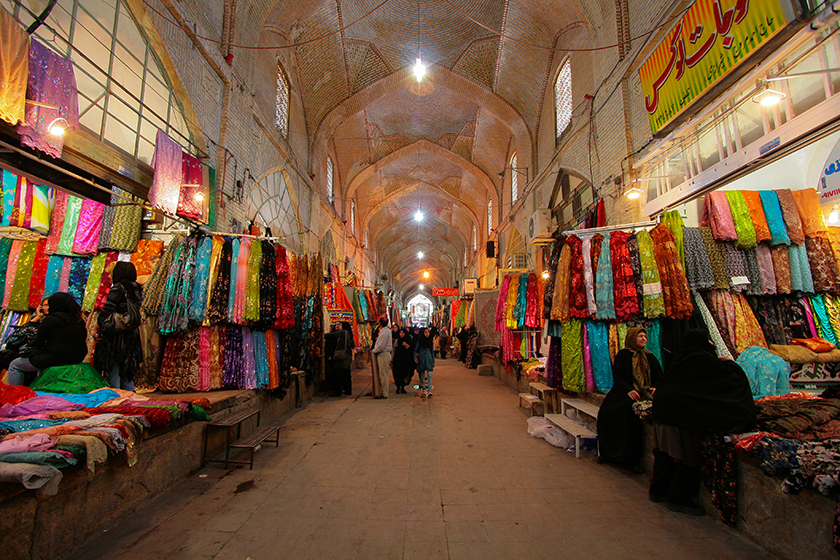
Begun in Karim Khan’s time, this mosque next to the tribal arts arcade in the Bazar-e Vakil has an impressive tiled portal, a recessed entrance decorated with Shirazi rose-pink tiles, two vast iwans, a magnificent inner courtyard surrounded by beautifully tiled alcoves and porches, and a pleasingly proportioned 75m-by-36m vaulted prayer hall. The distinguishing feature of the mosque, however, is the forest of 48 diagonally fluted columns that support the prayer hall, displaying a hypnotic rhythm of verticals and arabesques.
Other fine features include an impressive mihrab and 14-step marble minbar, carved from a monolith transported all the way from Azerbaijan. Much of the tiling, with its predominantly floral motifs, was added in the early Qajar era.
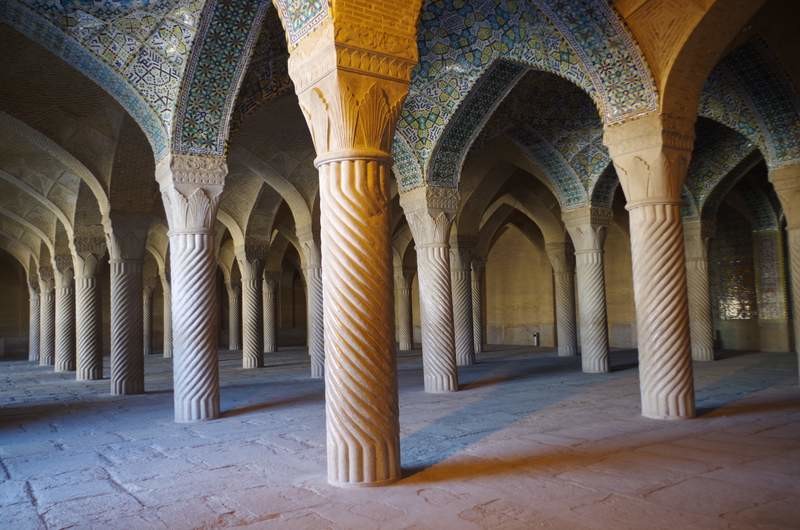
The vaulted central chamber of this Zand-era bathhouse features some fine plasterwork and candy-twist columns. A series of costumed mannequins illustrate how Shirazis would have relaxed by the fountain after taking a bath in the handsome heat room, which has a vaulted ceiling, pillars and a small (empty) pool.



